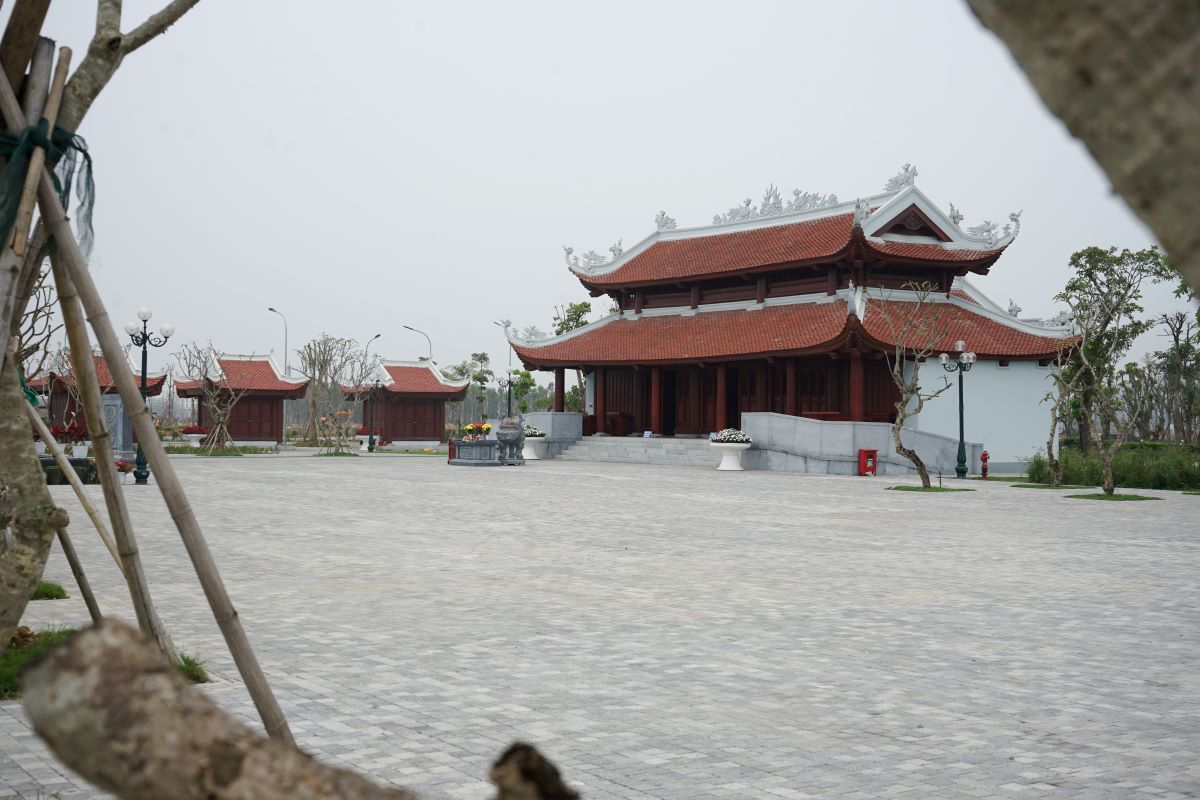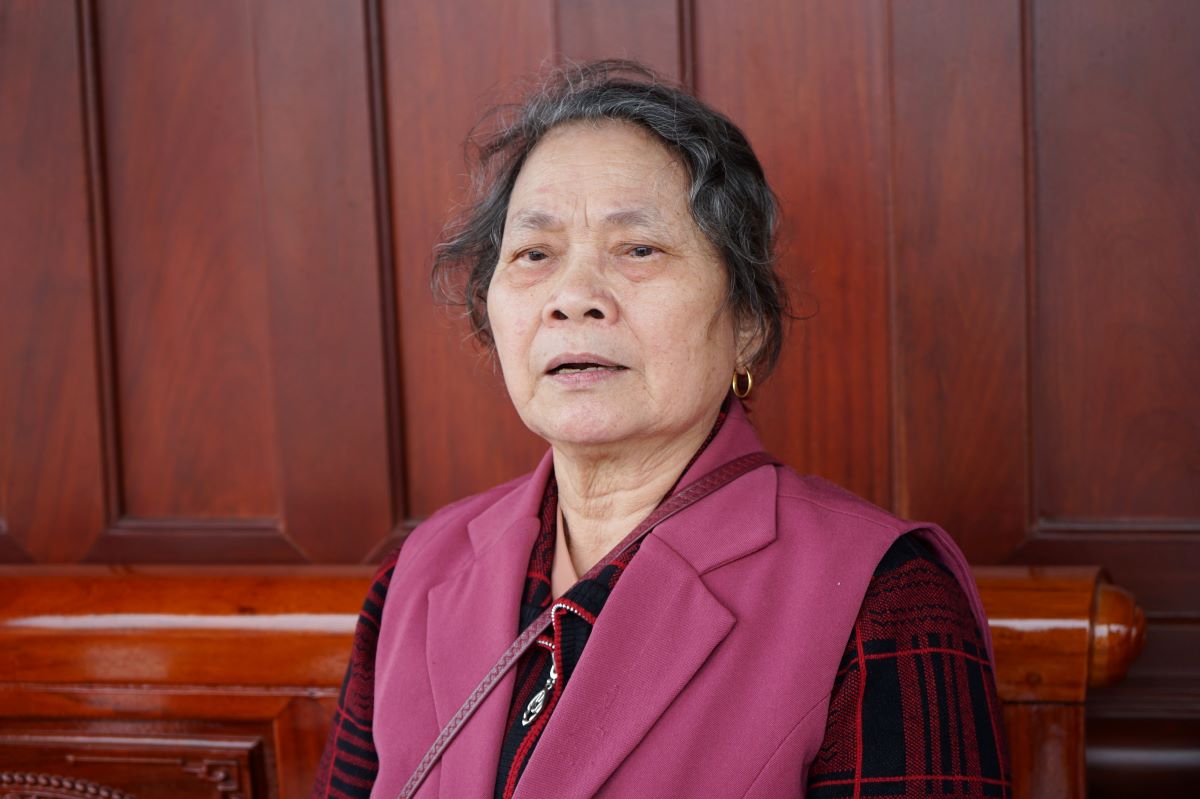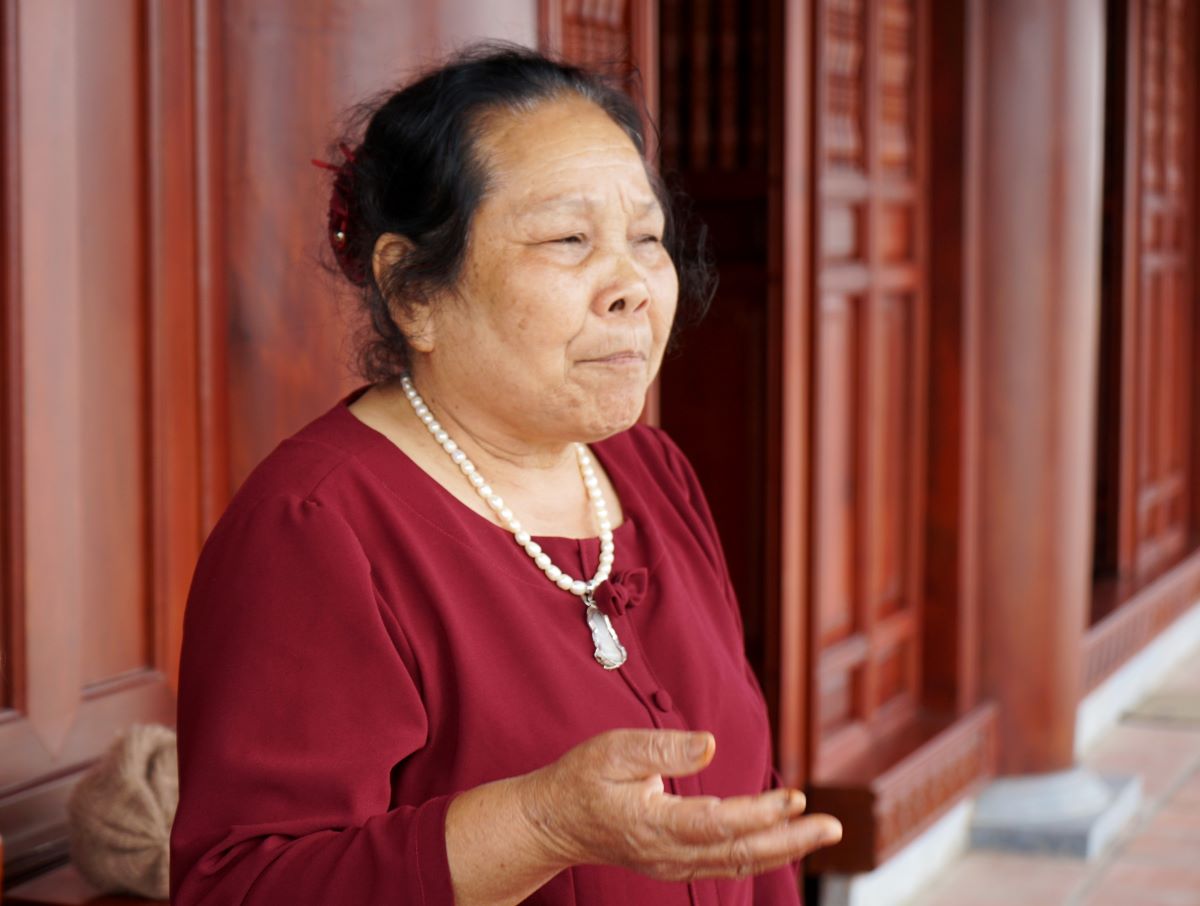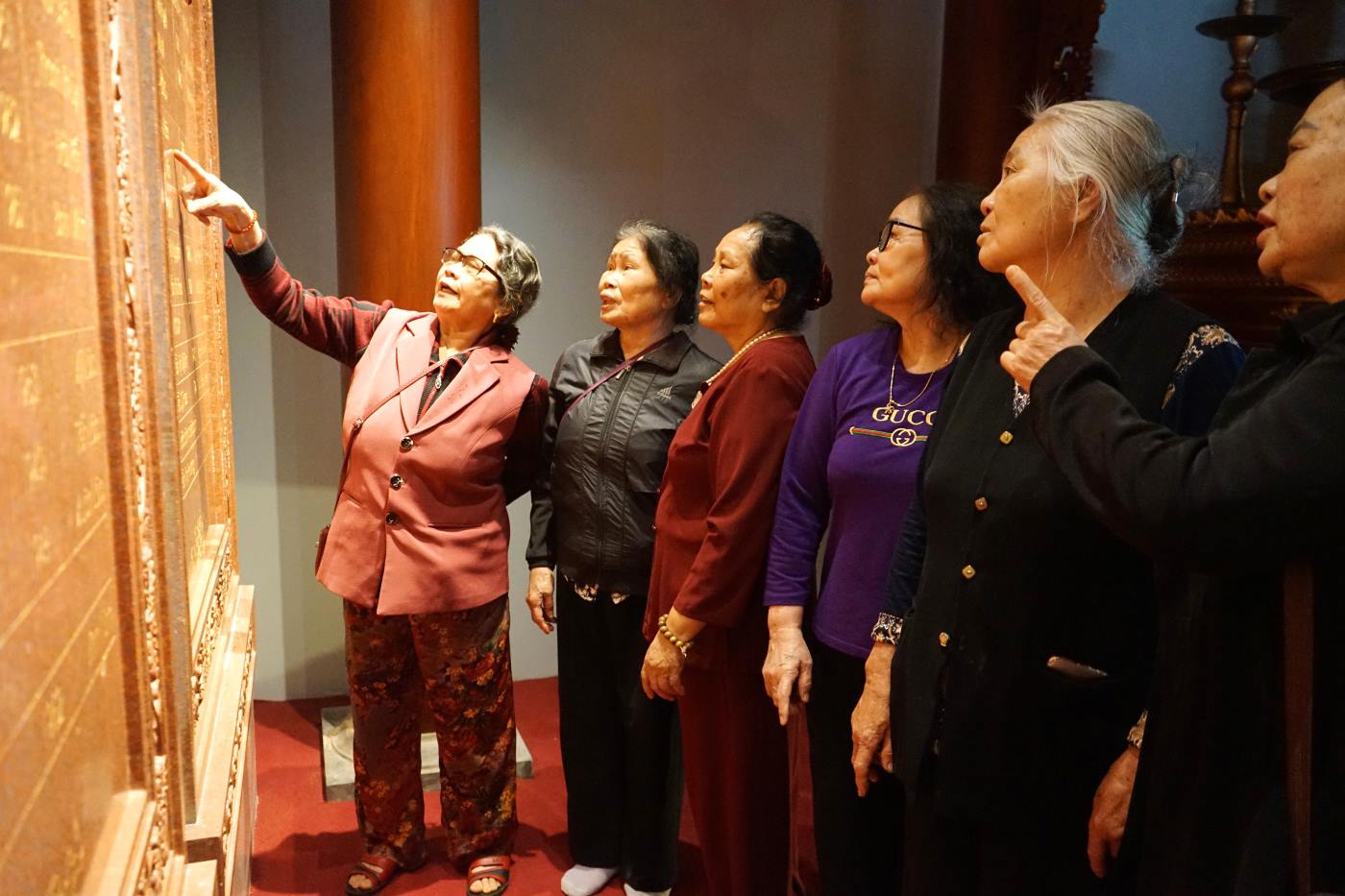Bombings at Ham Rong bridge
After the victory of Dien Bien Phu in 1954, the North entered the period of building socialism, becoming a solid rear for the South of the resistance against the US. Meanwhile, the United States continuously implemented the strategies "Special War", "Local War", "Vietnamization of war" to turn the South into a new colony. After many failures, the United States built the Gulf of Tonkin event (8.1964) to make an excuse to escalate, expand the war to the North, cut off the strategic line.

Determining Thanh Hoa as the direct supporter of the Binh - Tri - Thien front, the US believes that breaking down the Ham Rong bridge will paralyze North - South traffic. On April 3 and 4, 1965, the US mobilized hundreds of aircraft to fight fiercely against the Ham Rong bridge area. However, with a resilient spirit and bold fighting style, the Thanh Hoa army shot down 47 aircraft, 31 in Ham Rong alone.
In recent years, this area continued to suffer many landslides. In the summer of 1972, the water level of the Ma River rose, Thanh Hoa province mobilized more than 2,000 people, mainly teachers, students and pupils from schools in the area, to urgently build a weak dike section of more than 1km from Nam Ngan village to Ham Rong bridge. On June 14, 1972, while the construction site was working busily, a US plane suddenly dropped a bomb, killing 64 people, injuring nearly 300 people and leaving 8 missing.
Memories of that year's bombing
Returning to the dike construction site after 53 years, the students of that year are now over 70 years old. Although life has gone through many ups and downs, the memory of the bombing in the past is still as deep as an undying wound in the heart.

Sharing with Lao Dong Newspaper reporter, Ms. Tran Thi Thai (born in 1950, residing in Dong Huong ward, Thanh Hoa city) said that in the summer of 1972, she and thousands of people (mainly teachers, students, and pupils of schools in the area) were mobilized to build the Ma River dike. At about 9:15 a.m. on June 14, 1972, while everyone was working enthusiastically, an American plane suddenly crashed from the sea, dropping bombs repeatedly around the Ham Rong bridge area.
"Because the Ham Rong bridge area is the bomb palm of the American Air Force, when embankment of the Ma river dike, we dug the earth and take the land and make a place to avoid the bomb.
According to her, when the bombs stopped, the survivors were covered in mud, the tragic scene with many dead and injured. The lucky people only had time to wip their eyes and then rush to save people and find missing people.
"I was injured due to a collapsed sides and a collapsed back. Luckily, everyone pulled me out in time, and my back was back to normal thanks to that. Although injured, I only rested for a moment and then got up to go with everyone to save my friend. When I remember it, I was still shivered because the scene was so painful, I cried while working" - Ms. Thai said emotionally.

Like Ms. Thai, Ms. Le Thi Mien (born in 1952, residing in Thuong Xuan town, Thuong Xuan district, Thanh Hoa province) recalled that after the bombing, hundreds of injured people were taken to Viet Trung Hospital. "Even at that time, many people who sacrificed to take them to the hospital could not recognize them because of the mud and dirt that had adhered too much, it was only when using water to wash their faces that they knew who they were, which class, which school" - Ms. Mien said.
According to the witnesses directly participating in the construction site of the Ma river dike in the past, although the event has backed for more than half a century, but for them, the memory of the bomb that year will never fade. Because they always remember and grateful to those who sacrificed the war to protect Ham Rong Bridge, ensuring smooth traffic to support the South. In particular, they do not forget the teachers and classmates who died at a very young age.


Today, at the place where the bombing of the past, built up the memorial of teachers and students died on June 14, 1972. Every June, this place becomes a touching stop. Many alumni and students return to the old construction site, each step through the dyke, each incense stick to the stele is a secret of the old friend's name. For them, the war is not only a history, but also a lively memory of a time "dyke soil team, bomb team holding bridges" - where many young people have fallen because of the independence and freedom of the country.











